Apple released iOS 15 to the general public on September 20, and although iPhone users are among those who update their systems relatively soon after the release of a sharp version, this year adoption is significantly worse. This is compared to iOS 14. According to data from the analytics company Mixpanel, only 8,59% of users updated their devices to iOS 15 within 48 hours of its release. But last year it was 14,68%.
iOS 14 performed better overall. As the chart shows Mixpanel, iOS 15 adoption is at 4% as of October 2021, 22,80. However, during the same period of availability of iOS 14, 43% of users will install this operating system. It can thus be said that the novelty has a half slower start. Apple only rarely mentions official numbers, and they must be data worth bragging about. Mixpanel measures adoption based on data collected from apps and websites that use its analytics API.

3 simple reasons
There are at least three reasons why iOS 15 actually has slower user adoption. The most important one is that this year's update is simply smaller than last year's, which for the first time brought widgets to the home screen, the PiP function for iPhone, a redesigned interface for calls or the application library and surround sound. This year, the main innovations are aimed at FaceTime, Focus mode, newly designed notifications, Live Text and improved Maps or Weather apps.
But the main novelty of the system, which is supposed to help improve mutual communication and is integrated into FaceTim, i.e. SharePlay, did not arrive in the homeland at all. The same applies to Universal Control, App Privacy Report and others. And then there's another crucial fact - there's a new option available to users that, for the first time, allows them to stay on iOS 14 while still receiving important security updates. The system can now offer you a choice between two software update versions (Settings -> Information -> Software update), where you will see the tenth or hundredth update of the current one and then the one with the following serial number.
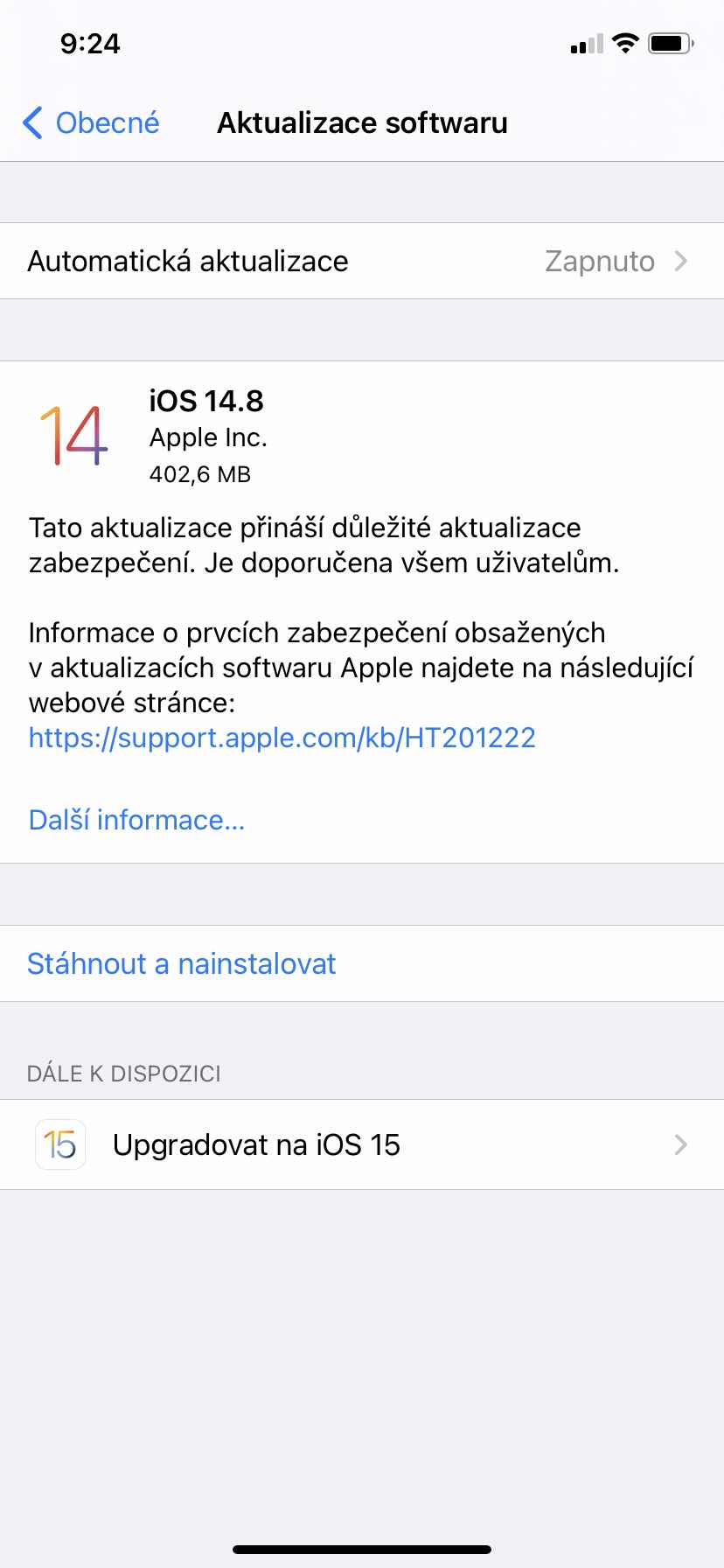
The situation is not so dramatic
Even though it looks infamous for Apple compared to iOS 14, these are practically the same numbers that iOS 13 showed. It came not only with the long-awaited dark mode, but also with an unusual number of bugs. Even so, a week after its release, it was installed on 20% of devices, in the case of iOS 15, it was exactly the same as of September 27. On your support pages for iOS 14, Apple has given official numbers related to June 3, 2021. On them, it mentions that iOS 14 was used by 90% of all devices introduced in the last 4 years, 8% of users were still using iOS 13 on that date, and 2% some previous version system. If we look at all devices, regardless of their age, that could use the system, it's 85% adoption. iOS 13 remained at 8% and an even earlier system was used by 7% of users. When iOS 15 reaches similar numbers, it can be assumed that the company will update its pages.
If we look at the situation in 2020, when these sites counted on iOS 13, this system was installed on 92% percent of devices that were not older than four years. In the case of all devices supporting iOS 13, this system was installed on 17% of devices as of June 2020, 81. iOS 12 was running on 13% and 6% of users were still running some older system on their devices. However, iOS 13 has seen a fairly rapid adoption rate among iPhone users. As of October 2019, it was already installed on 50% of all compatible devices and on 55% of devices released in the previous four years since its launch.
The previous operating system iOS 12 climbed to 19% of installs among users after the first week of its launch. As of February 24, 2019, however, it had already crossed the threshold of 83% of installations on devices younger than four years old, in the case of all supported devices it was 80%. The adoption rate of this operating system has thus enjoyed a stable growth trajectory since its release. In just one month, it reached 53% of installations, in December 2018 it was 70%. The previous operating system, iOS 11, fared worse, reaching "only" 59% of users in the same time period. 33% of them still used iOS 10 and 8% some previous system.
It could be interest you
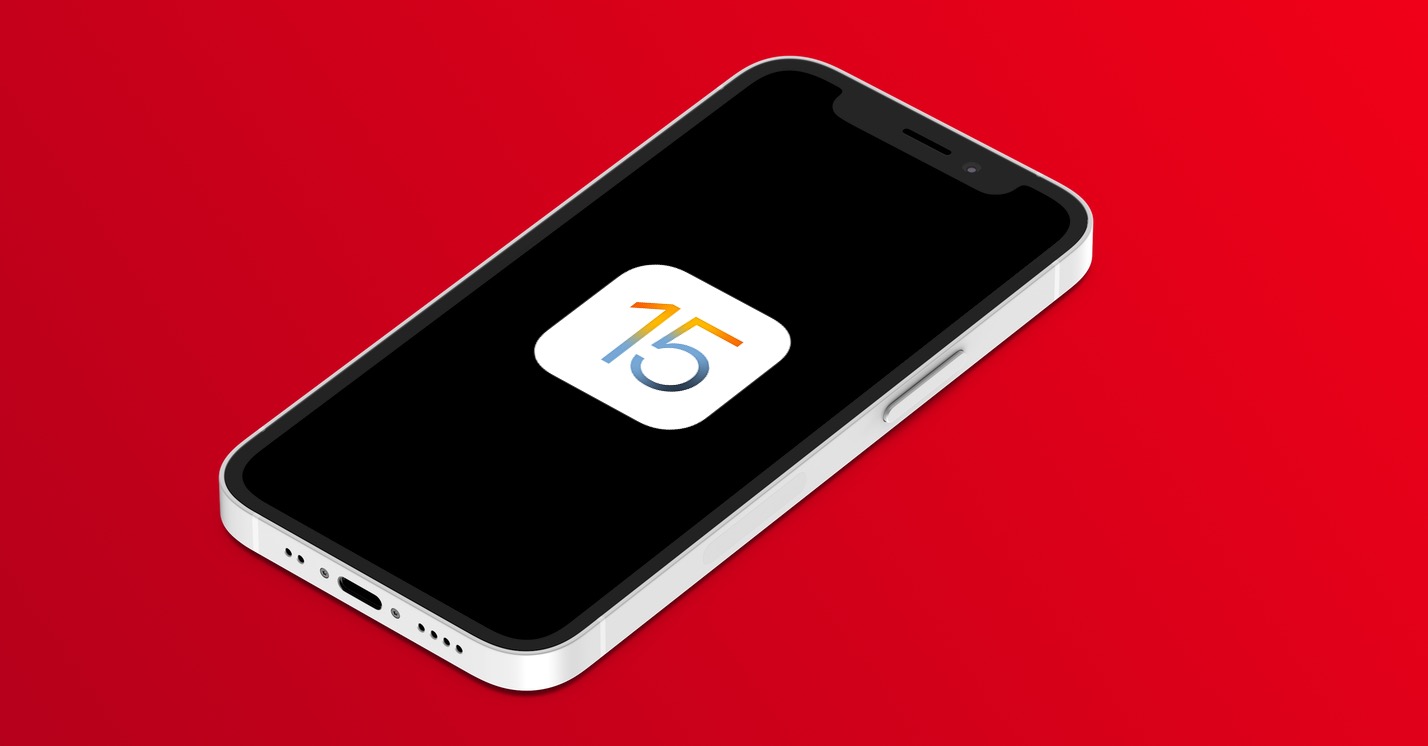
It can be seen that the adoption of different operating systems by users fluctuates a lot. It is therefore a question of when iOS 15 will also reach some important numbers. It is not possible to predict with certainty yet. We already have the iOS 15.0.1 update here, which might convince some users thanks to the bug fixes. However, they may be waiting for decimal update. We could wait until the end of October. It is with it that the expected and delayed SharePlay function should come.
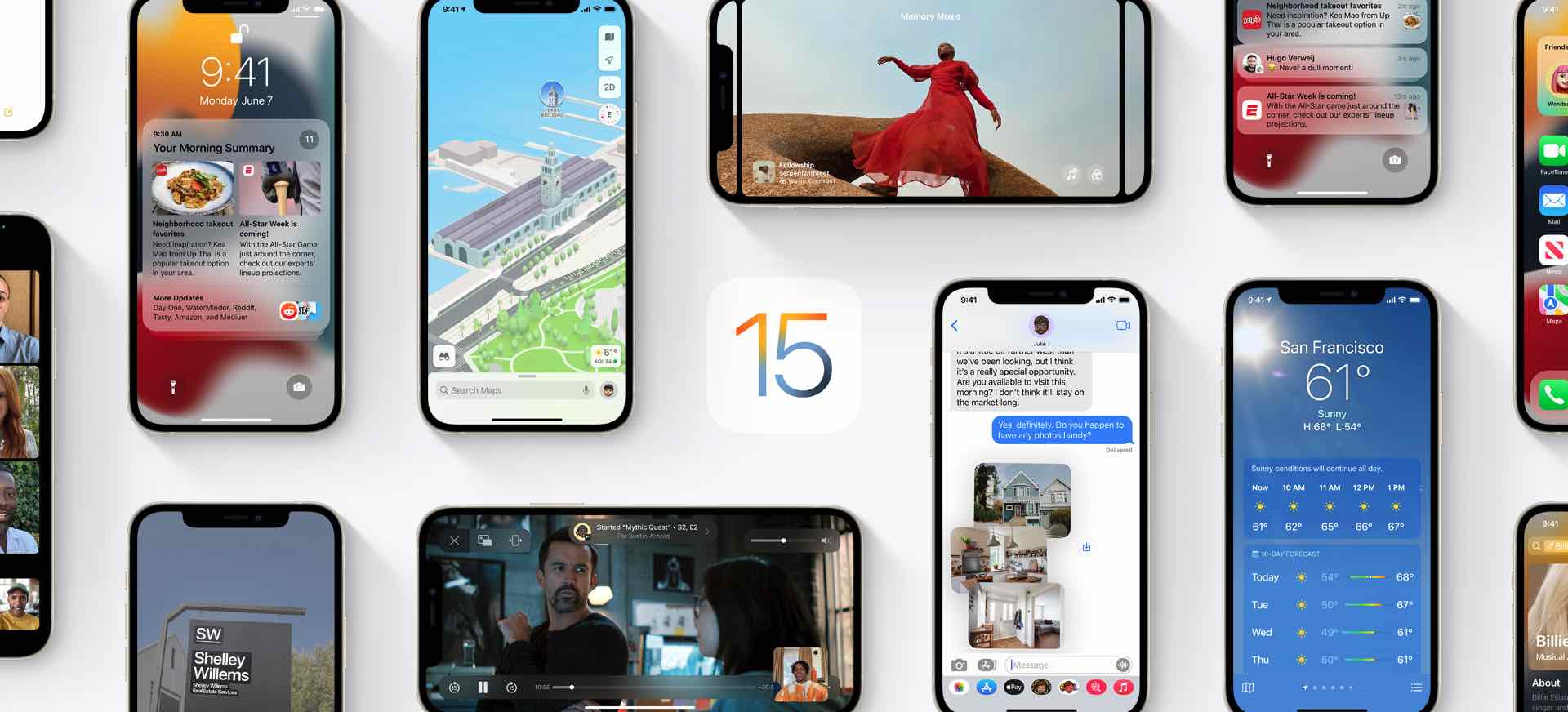
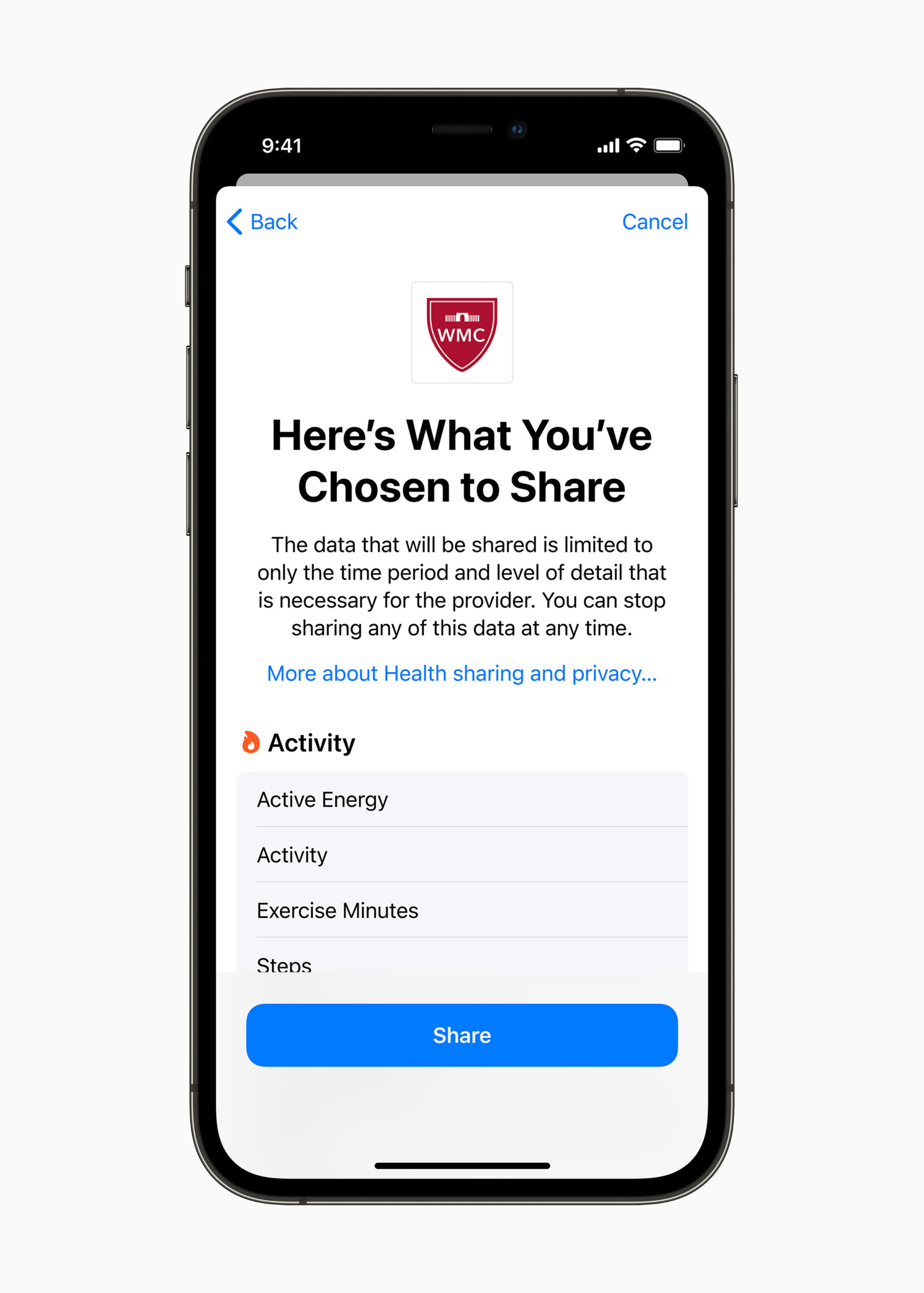

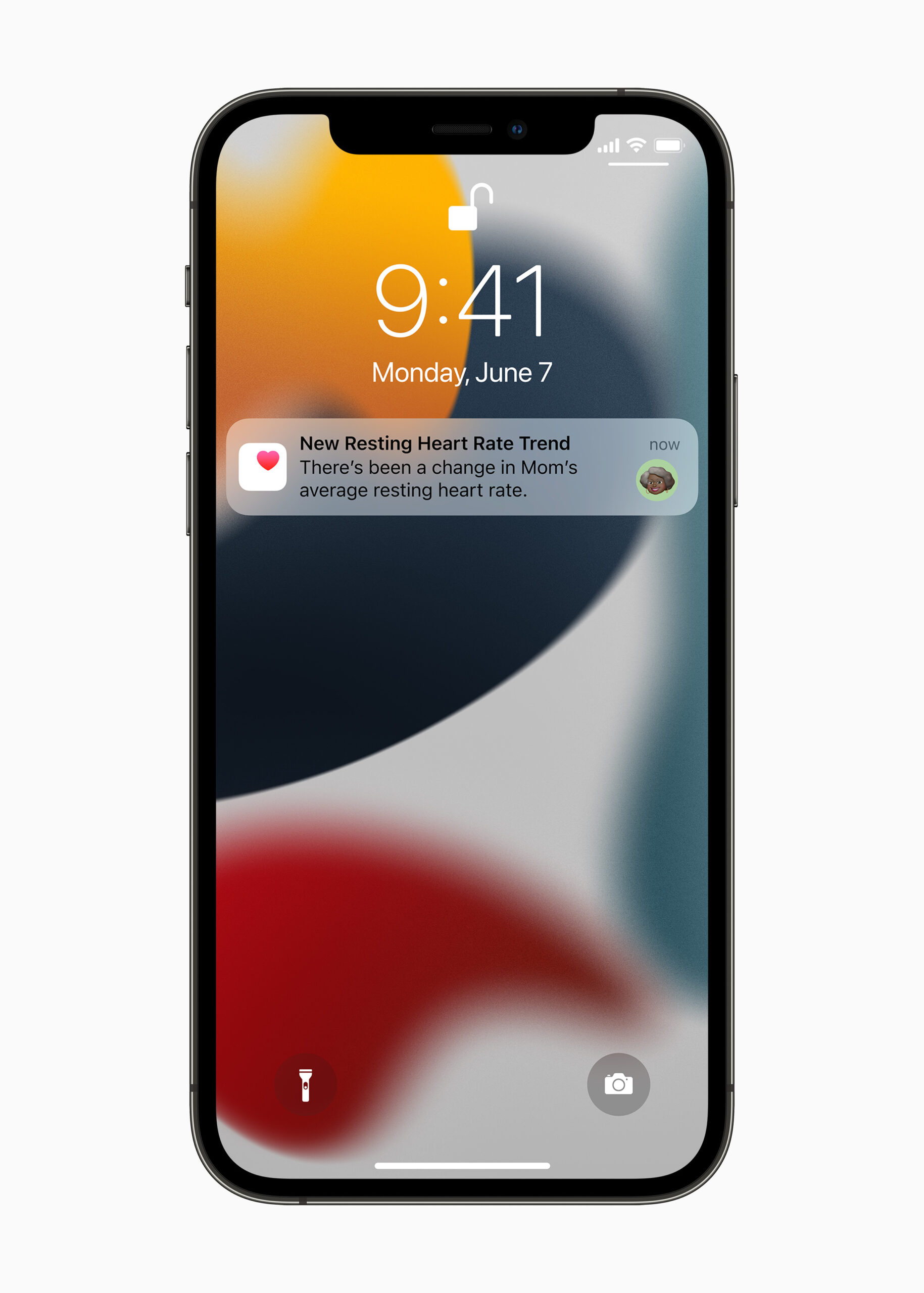
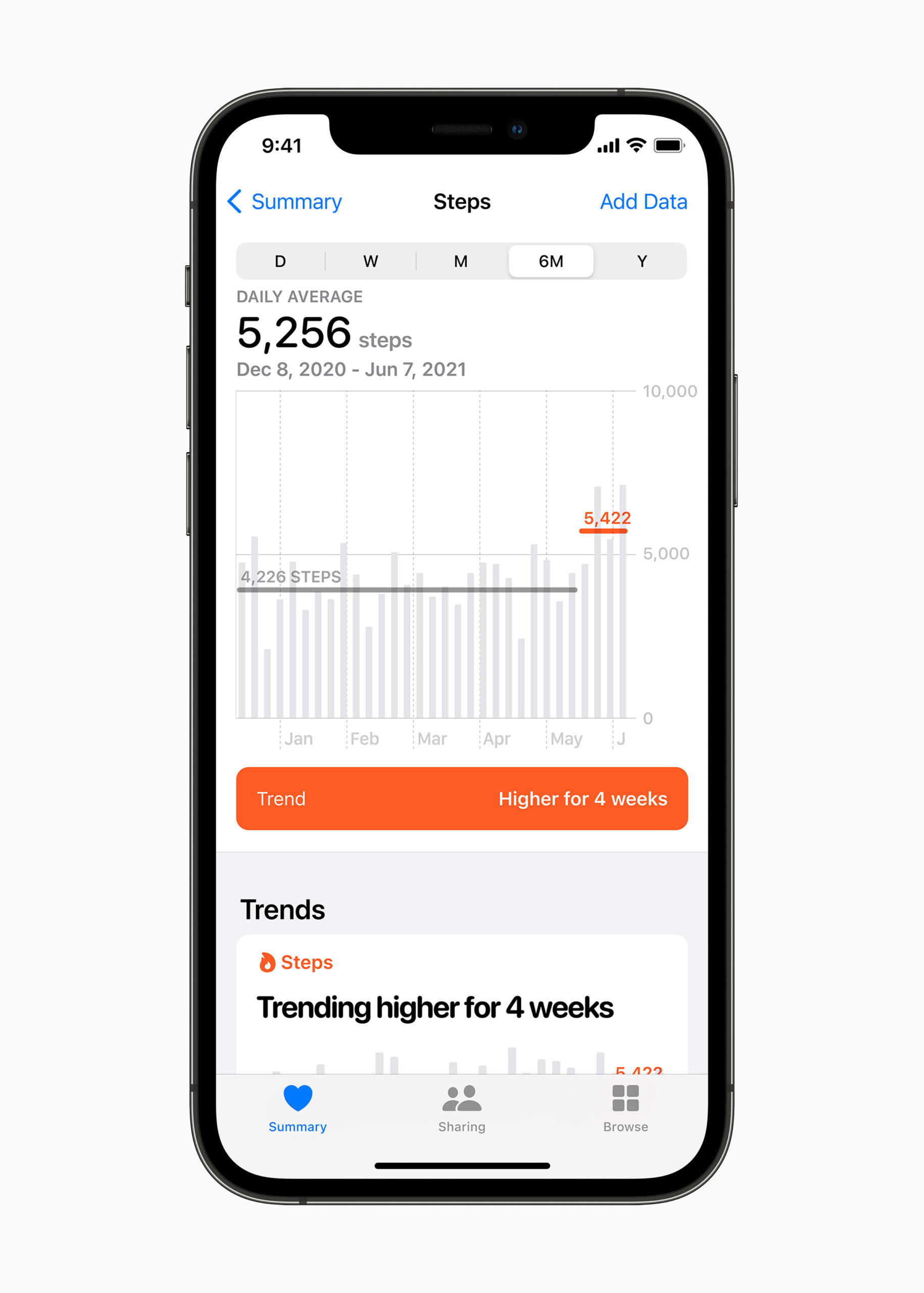
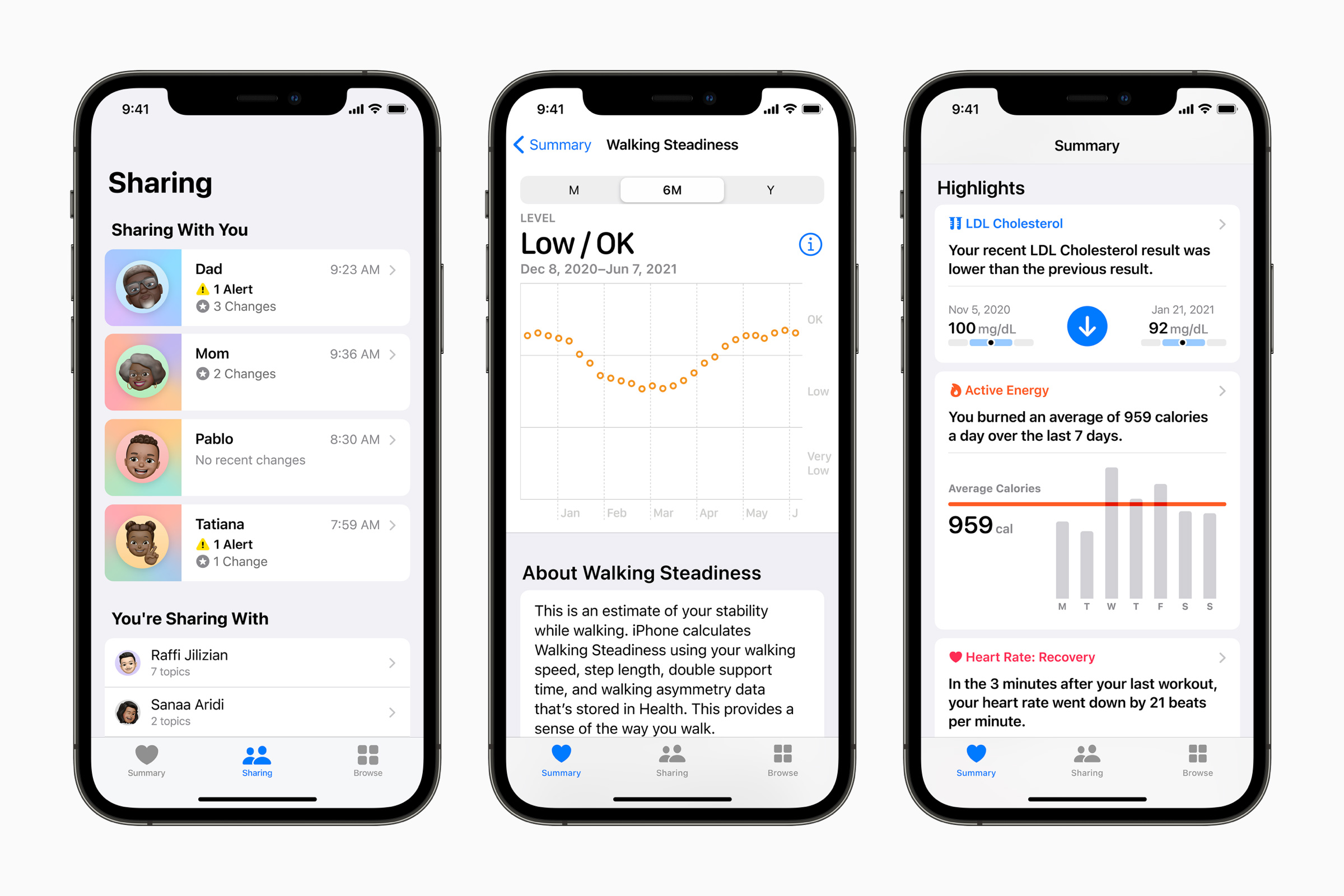

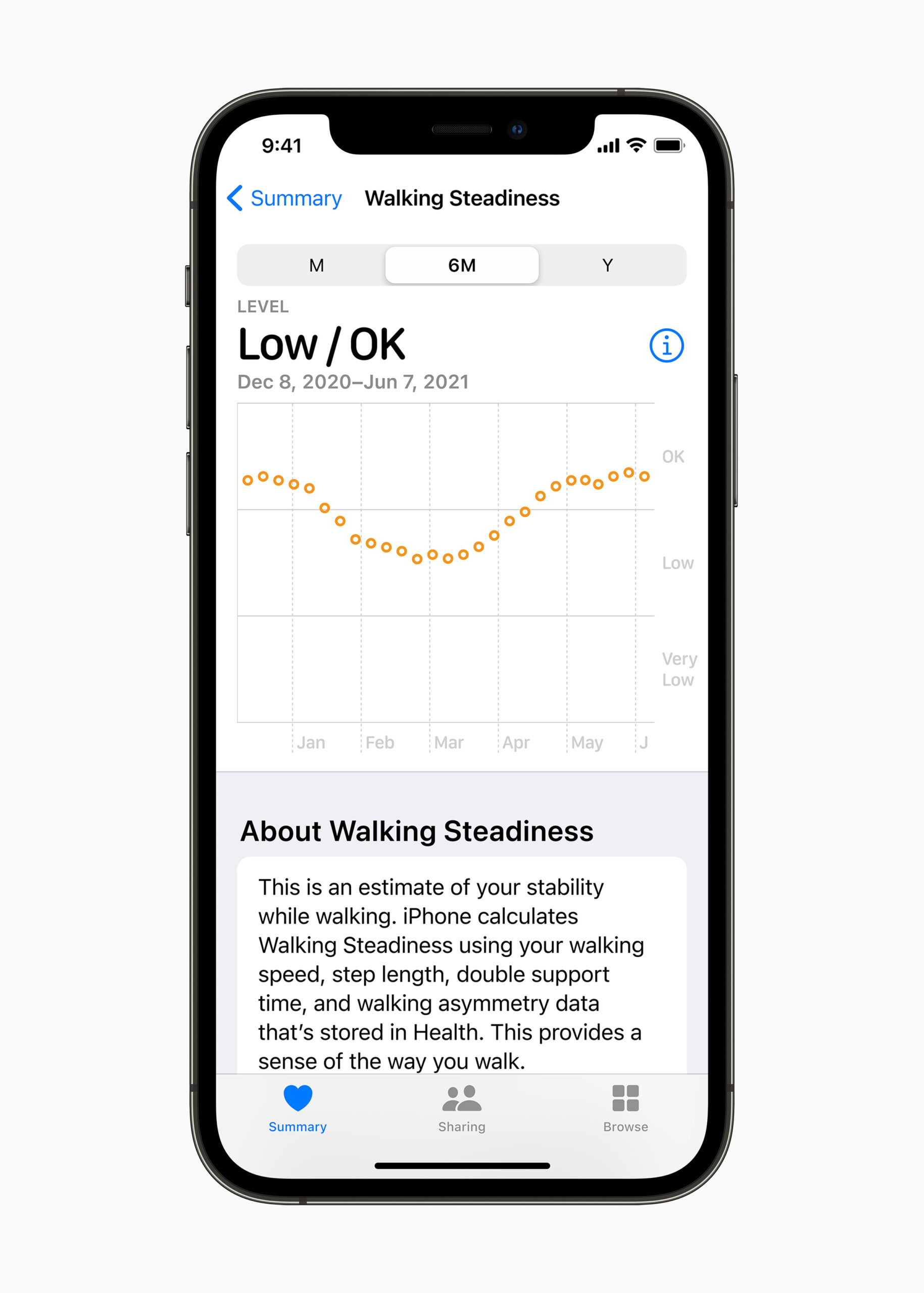
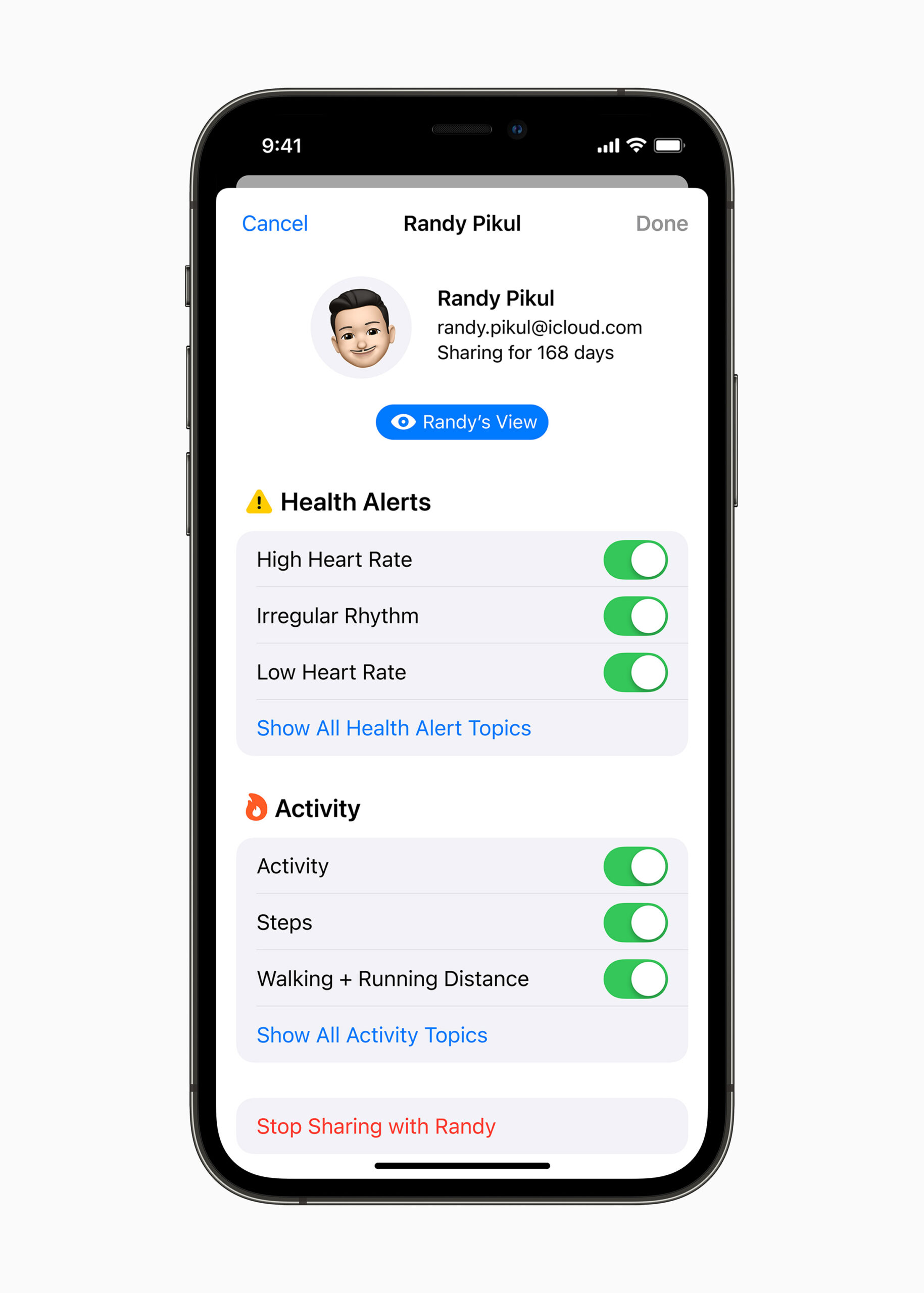
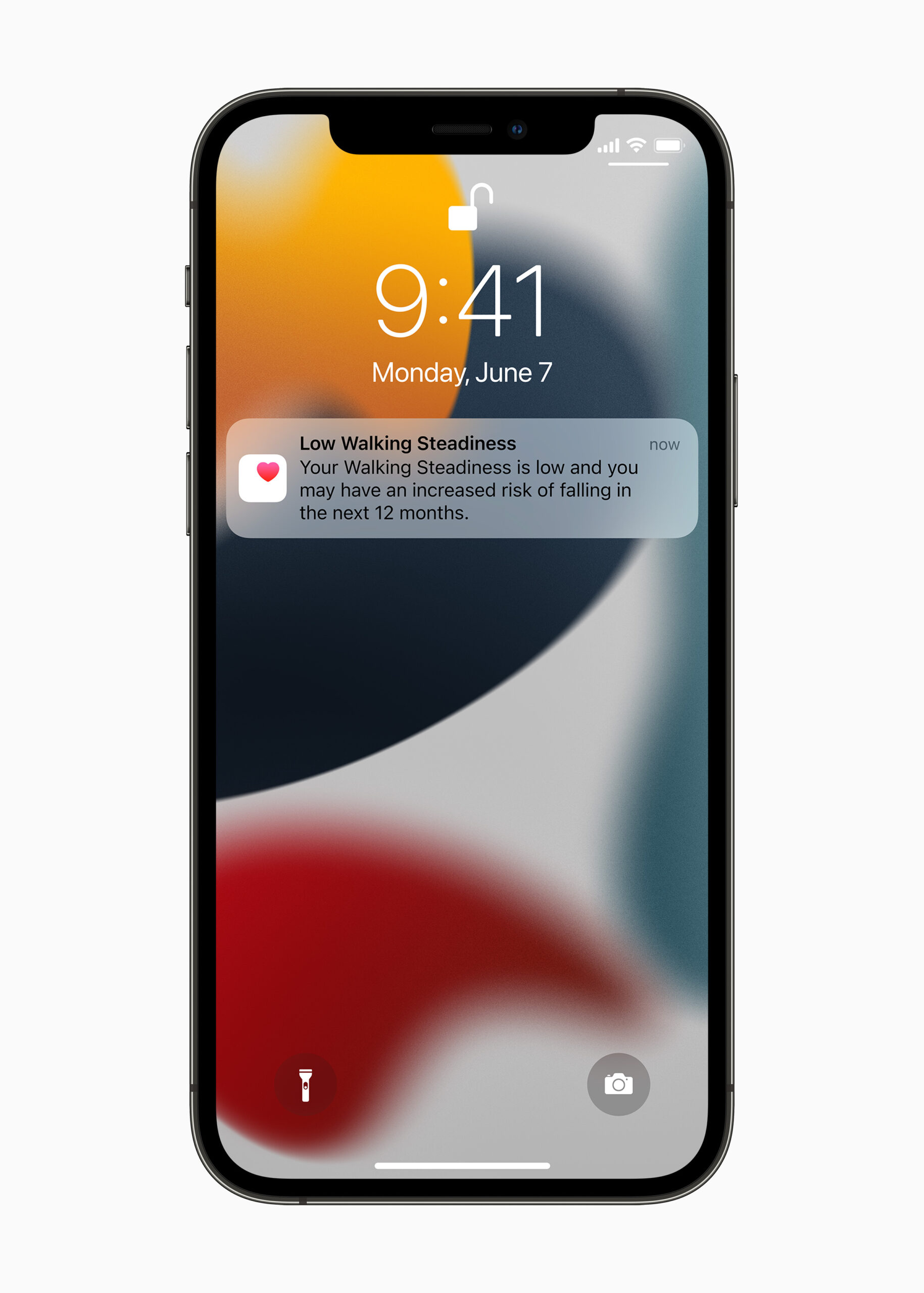
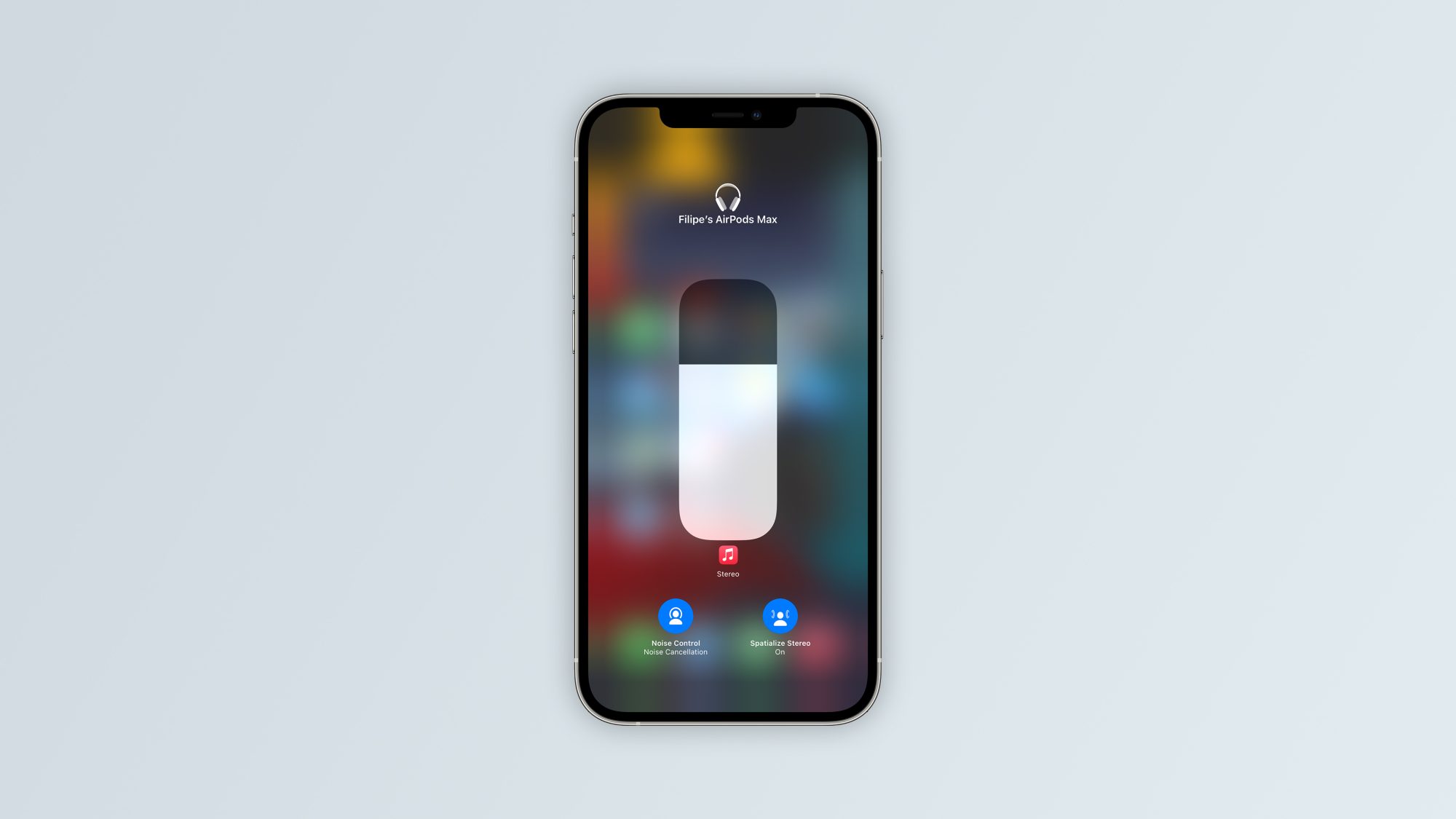

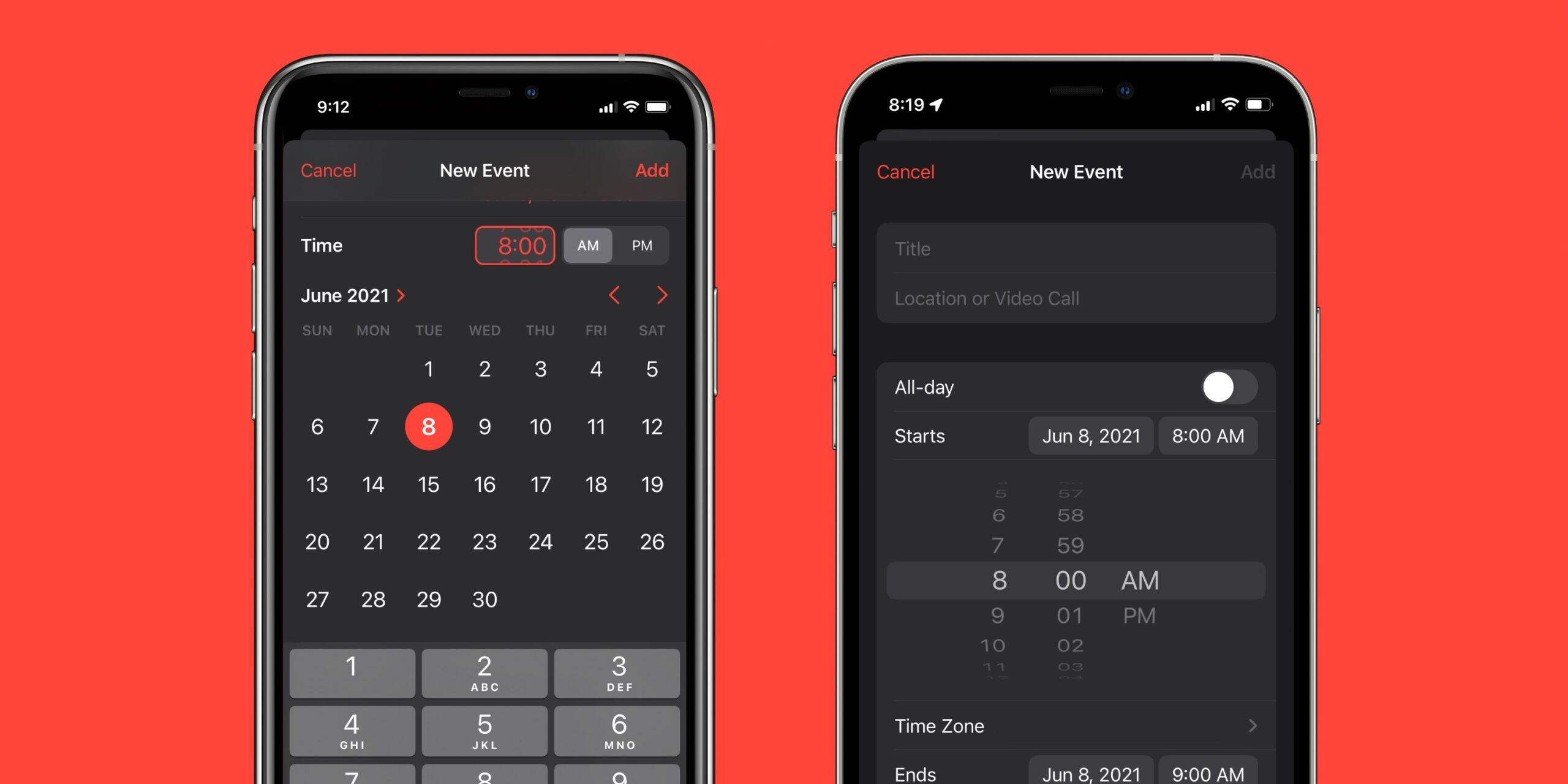
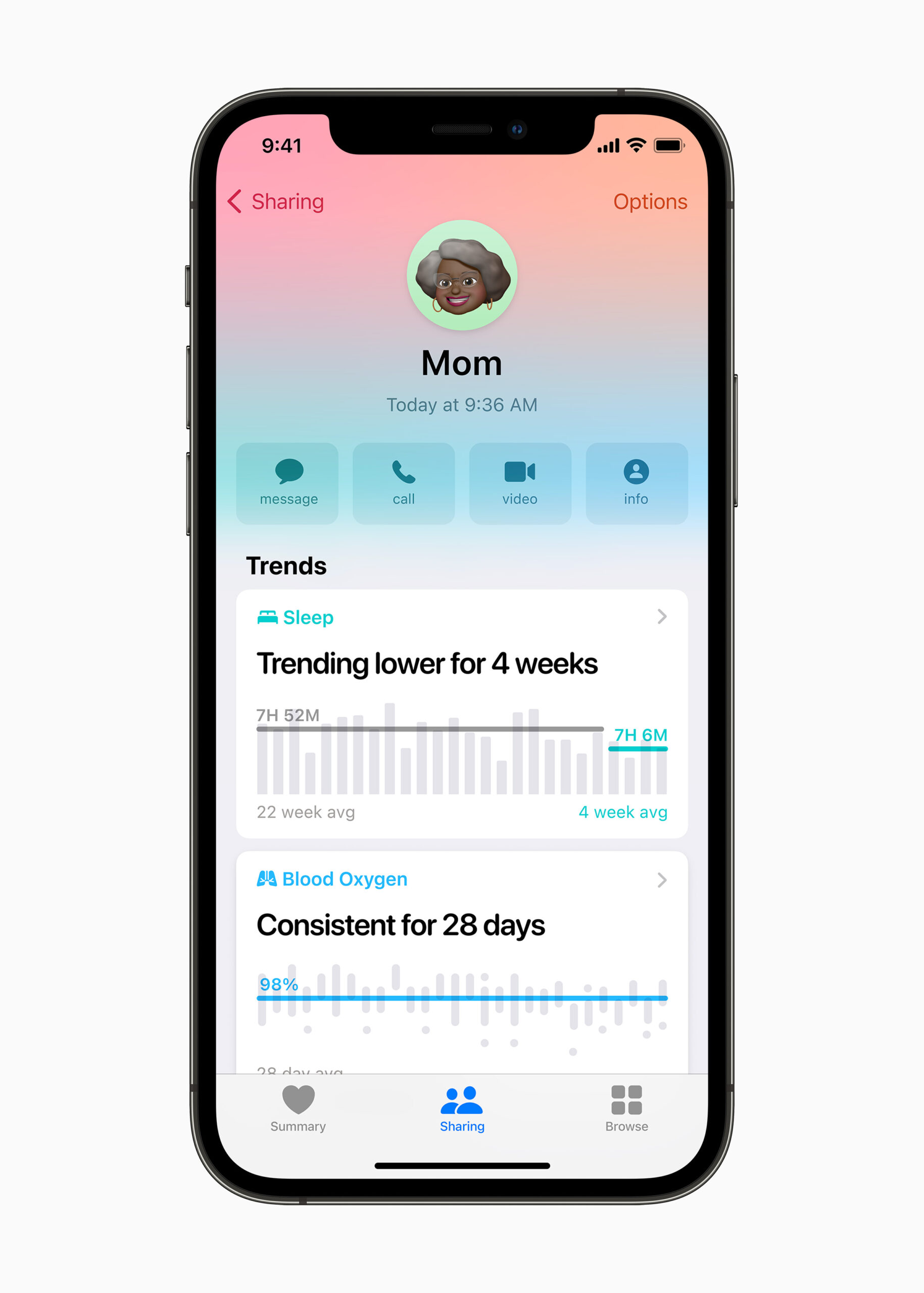
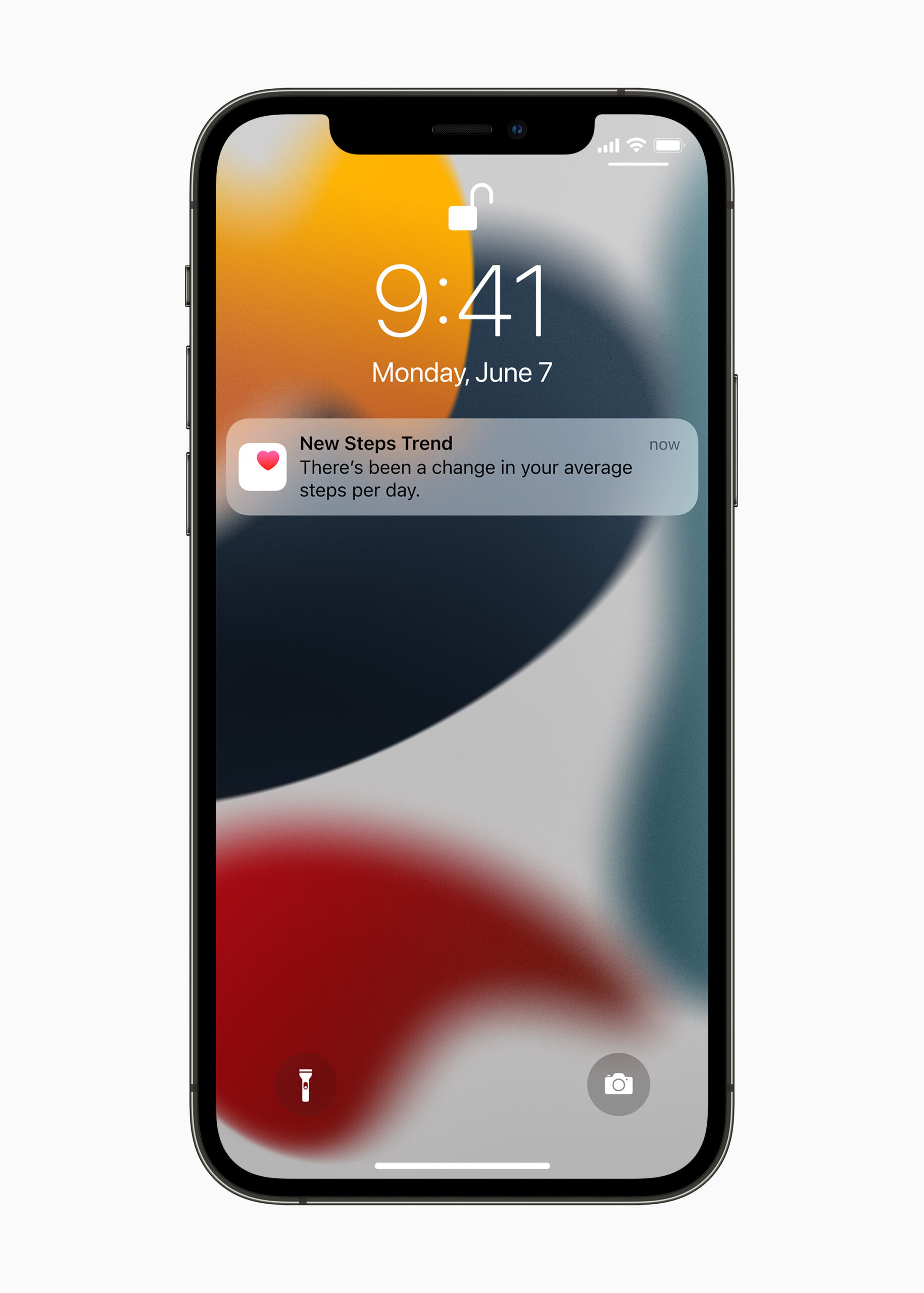
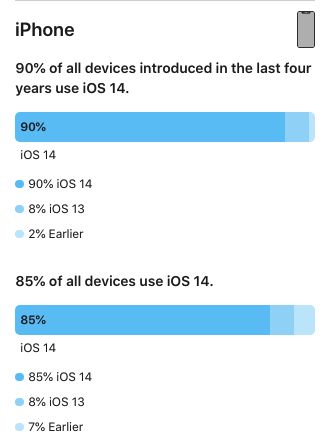



 Adam Kos
Adam Kos